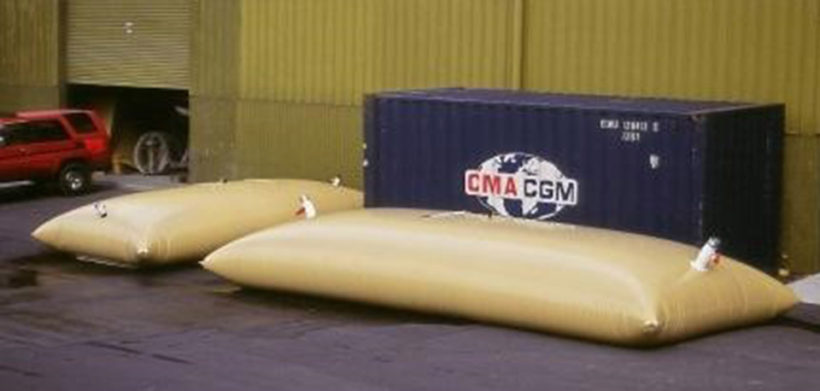
But in my experience, a degree or two makes quite a bit of difference.”Ĭloudburst conducts a very long primary fermentation of 12-14 days. It sounds like those differences are miniscule-a degree or two here or there. I feel like a lot of the hazies with those English strains could get a little warmer. I don’t like those hot, piercing esters some of these beers produce…. Many brewers ferment warm to encourage the yeast to throw off fruity esters, which accentuate the fruity flavors and aromas of modern hop varieties. The higher the temp, the more flavor compounds yeast will produce. Getting an IPA down to 2 Plato is pushing it toward saison territory: it’s very dry.Īnother important question is fermentation temperature.

Finally, most IPAs will finish at 3-4 Plato, and some New England hazies at 5 or higher. Mashing temperatures will produce different qualities, and warm mashes produce sugars most yeast can’t convert to alcohol-but Steve’s can. “Low-floc” yeasts don’t clump, so the tiny cells remain light enough to stay in suspension. Flocculation refers to the habit of yeast cells to clump together and then fall out of suspension. Everything is going to be dried out, even if you mash warm.” Depending on where we’re mashing at, these yeasts are still finishing on average at 2. We’re not using a London III or some other low-floc English yeast to make beers. That’s not the profile Steve was shooting for. The fascination with juicy, fruity flavors led breweries to embrace highly estery English strains, which had the benefit (?) of making IPAs cloudy and opaque as well as under-attenuated and sweet. In the early days of craft brewing, clean, neutral yeasts like Sierra Nevada’s were the standard. What follows is a bit nerdy, a bit detailed, but reveals how Steve is making such interesting and distinctive IPAs.Īmerican ale yeasts typically started somewhere in the UK, but depending on when they emigrated, have become more or less expressive and efficient. I thought it was high time to find out what makes Cloudburst’s hoppy ales tick, so I called Steve last week and he walked me through his process.

A couple cans of Cloudburst recently fell into my hands, reminding me of the upper bounds of potential a good hoppy ale can reach-and how rare it is. Steve’s approach does that, and the result are hoppy ales where each element finds its perfect sweet spot, and the three elements enhance the positive qualities of the others. Because the style is so intense, finding that point where each element offers maximum flavor without tipping into excess is hard composing them all so that they cohere is even harder. So many breweries make good IPAs that I forget how rare exceptional ones are. Cloudburst IPAs feature saturated juicy flavors, appreciable (but far from violent) bitterness, and a spectacular quenching dryness that make them dangerously drinkable. When I drink a Cloudburst, by contrast, my immediate impression is one of balance and harmony amid intensity. Explosiveness is their calling card, and we forgive brewers who err on the side of excess. With most IPAs, we’re used to a balance point set to “intense,” with some combination of flavors and textures battling it out like cats in a bag. The aromas are invariably fruity, but identifiably hoppy as well-one doesn’t hang a nose over the rim of a glass and confuse them with orange juice. They shimmer with hop particulates, but don’t look hazy, exactly. Steve Luke’s hoppy ales are at once familiar yet distinctive. That’s where you’ll find Cloudburst Brewing and, for my money, the most reliably tasty range of pales and IPAs in the country. There are a number of right answers-different strokes and all-but I’d direct you further north, to the heart of Seattle, where a shadowy, gritty warehouse houses a cramped brewery with squat fermenters crouched under low ceilings. Were you to ask where to find the best IPAs now, those that express the quintessence of the Northwest, one might safely point to Portland’s Slabtown or Hood River or Astoria. For nearly forty years, IPAs have been a staple in the region, and over that time, different breweries have pushed the style forward.


With respect to Vermont and San Diego, no region has been making hoppy American ales longer than the Pacific Northwest, where the hops are grown.


 0 kommentar(er)
0 kommentar(er)
